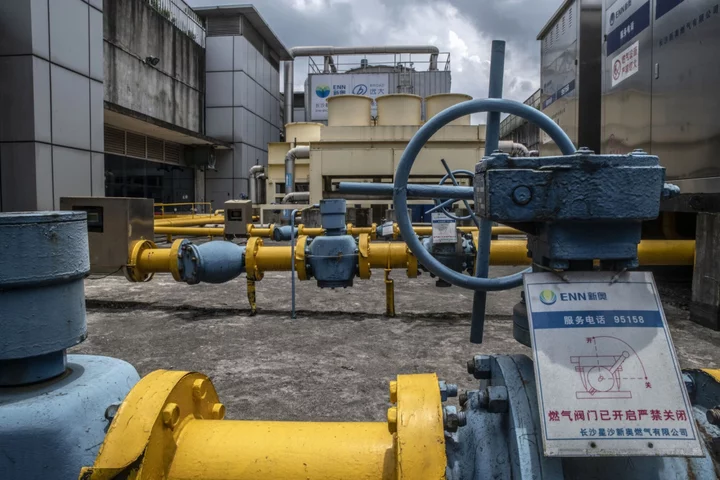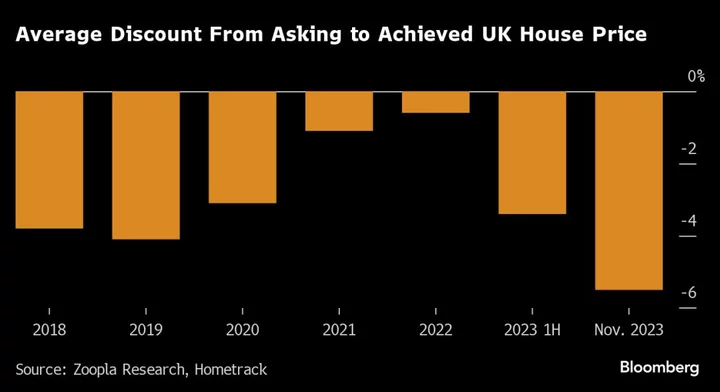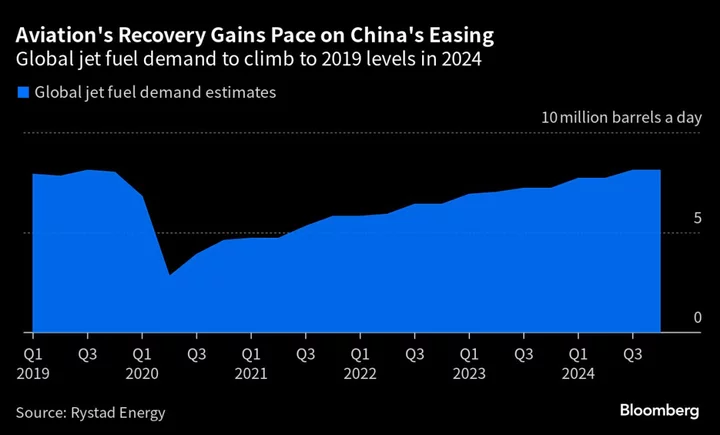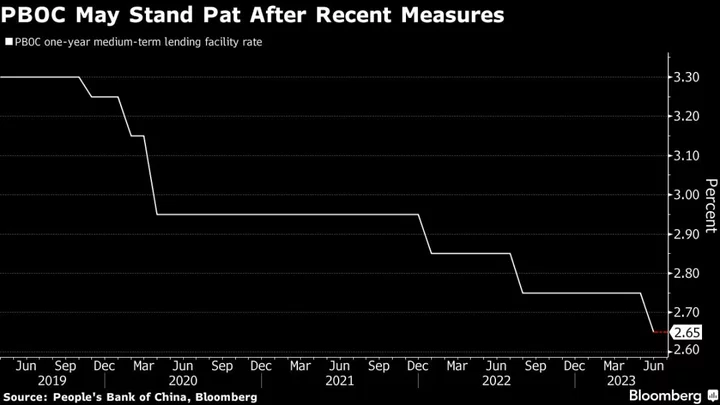Spanish inflation accelerated for a second month, demonstrating the persistent price pressures that the European Central Bank’s higher-for-longer approach to interest rates is seeking to stamp out.
September’s reading of 3.2% was due to electricity and fuel costs, the national statistics institute said Thursday. That compares with 2.4% a month earlier is just shy of the 3.3% median estimate in a Bloomberg survey of economists.
Bloomberg Economics’ nowcast suggests that another jump to 3.6% is due for October and the Bank of Spain predicts it will continue to quicken next year.
A measure of underlying pressures that excludes energy and fresh food costs fell more than anticipated, to 5.8%.
The ECB lifted borrowing costs for a 10th straight meeting this month — a move economists and investors think was the final hike in an unprecedented campaign to drag inflation back to 2%.
Some policymakers agree: Bank of Spain Governor Pablo Hernandez de Cos has said price gains should return to that target if rates are kept at current levels for a prolonged period. Others, like Austria’s Robert Holzmann, warn that shocks such as oil hitting $100 a barrel could yet warrant additional monetary tightening.
Both are set to speak later Thursday.
The euro was little changed on Thursday at around $1.05, near its weakest level this year. It’s slumped about 7% from a high in July as an end to the ECB’s hiking cycle started coming into view, and with traders now turning their attention to eventual easing in the second half of 2024.
Spain’s figures kick off a spate of inflation data from across Europe, with early regional data from Germany pointing to a steep national slowdown. For the 20-nation euro zone as a whole, the retreat will be less pronounced. Analysts see a moderation to 4.5% from 5.2% when numbers are released on Friday.
While Spain boasts one of the continent’s lowest inflation rates, its central bank recently boosted the outlook for this year and next. Citing a pickup in the cost of oil, it said it now sees consumer prices rising by 3.6% in 2023 and 4.3% in 2024.
The threat of $100-a-barrel oil got another boost this week after stockpiles at a major US storage hub dropped to critical levels, highlighting a widening global deficit.
Brent crude rose as much as 1.2% to $97.69 a barrel, the highest since November 2022. WTI briefly rose just above $95 a barrel Thursday for the first time in more than a year after posting its biggest gain since May on Wednesday.
--With assistance from Ainhoa Goyeneche, Joel Rinneby, Rachel Graham, Andrej Sokol (Economist) and Constantine Courcoulas.
(Updates with Nowcast in third paragraph, markets in eighth, oil in final two.)









